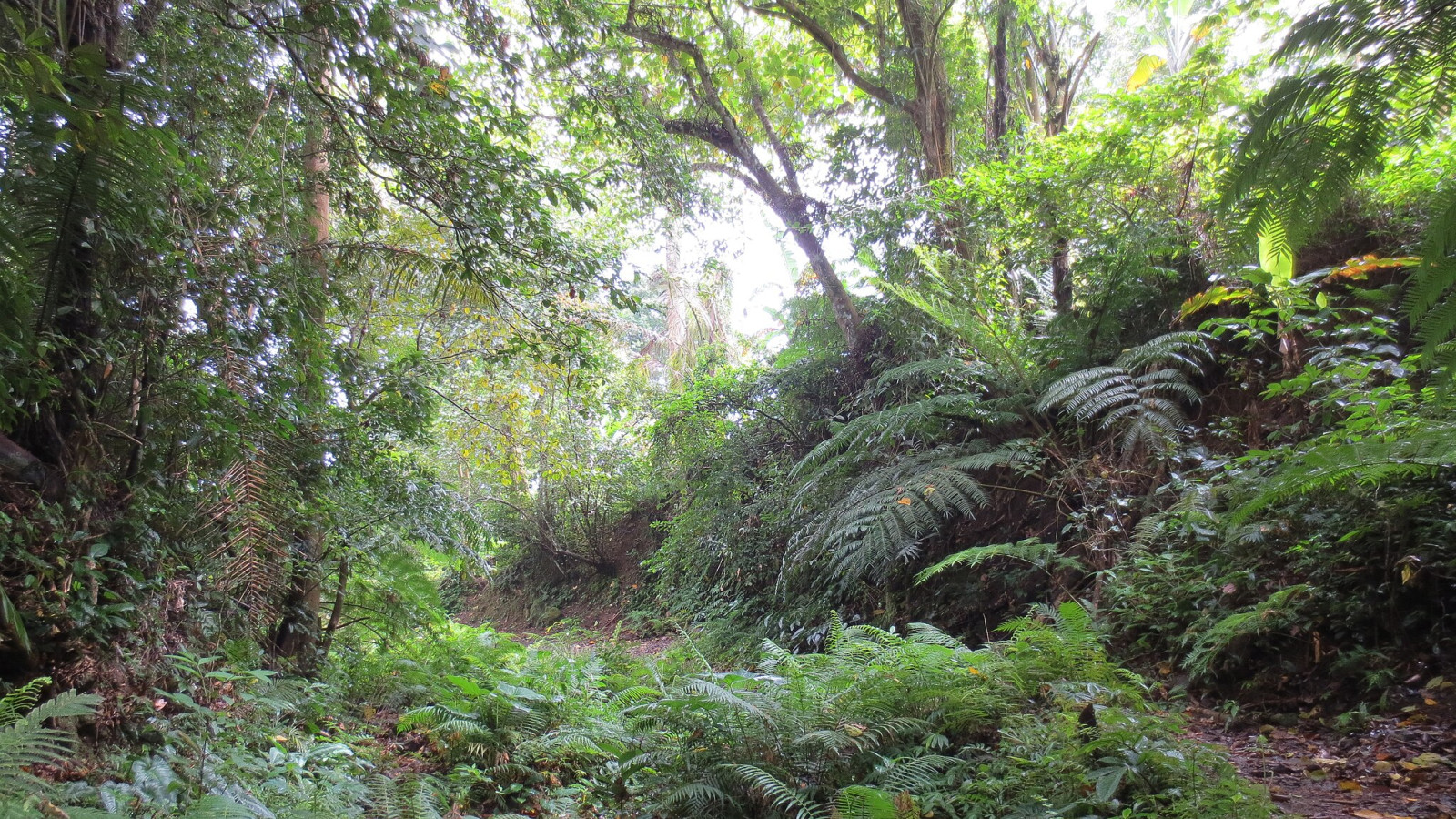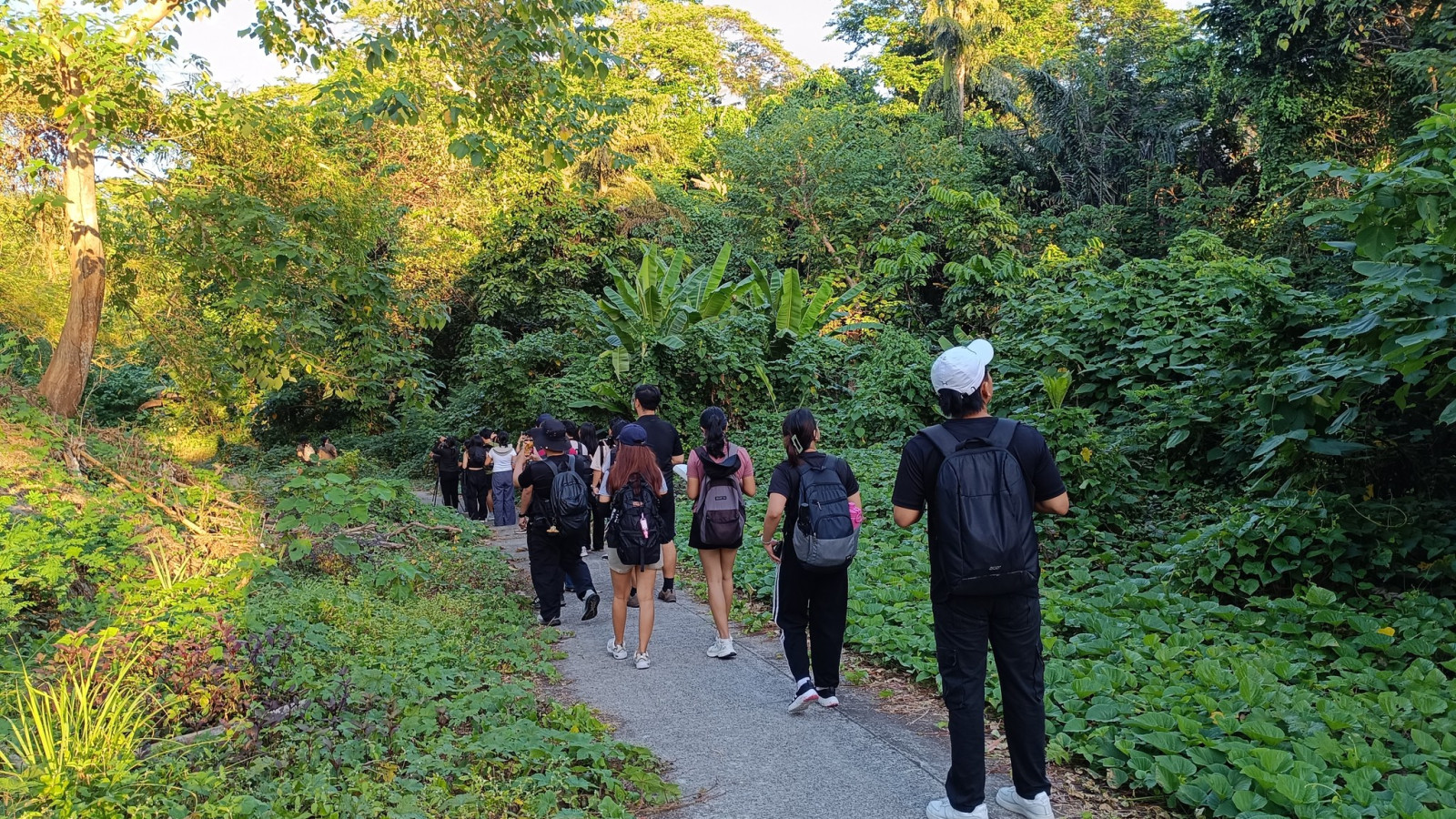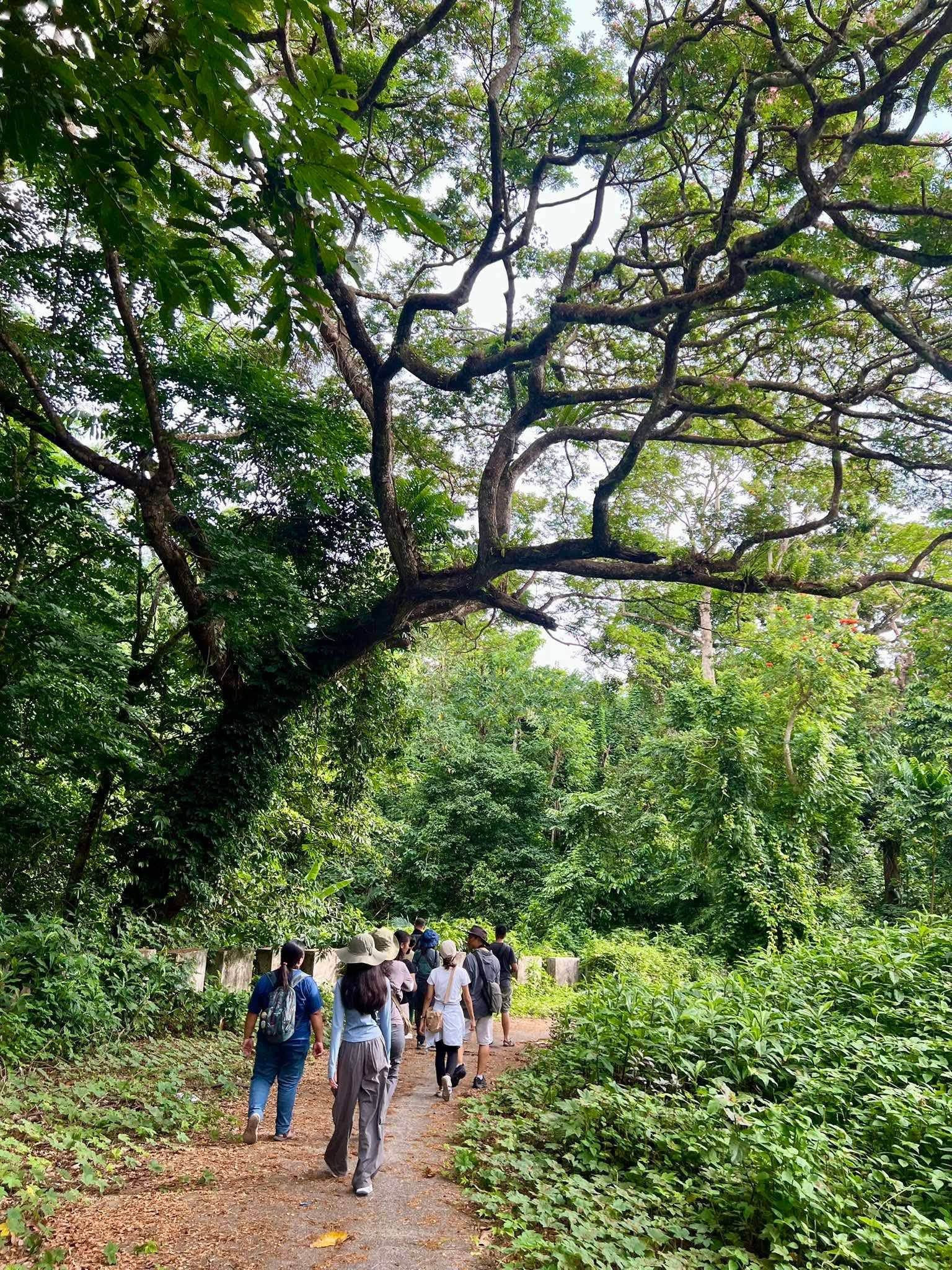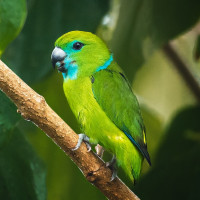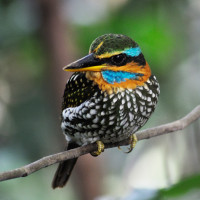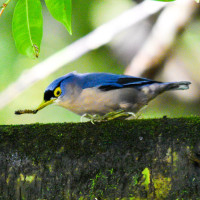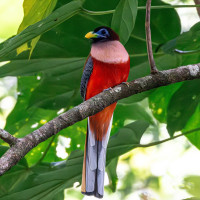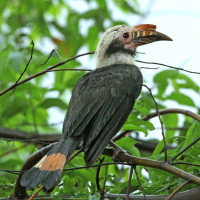Opis
Mount Makiling Forest Reserve spans 4,244 hectares and is managed by the University of the Philippines Los Baños. The reserve is known for its rich biodiversity and unique ecosystems. Mount Makiling is an inactive stratovolcano, rising to an elevation of 1,090 meters. The area is home to a variety of flora and fauna, including many endemic species. Some of the key species that can be observed at Mount Makiling include Spotted Kingfisher, Guaiabero, Ashy Thrush, Sulphur-billed Nuthatch, Red-crested Malkoha, Luzon Bleeding-heart, Lowland White-eye, Yellowish White-eye, Philippine Hawk-Cuckoo, Blue-headed Fantail, Philippine Trogon, Philippine Falconet and many more. See the birdlist below.
Szczegóły
Dostęp
Mount Makiling Forest Reserve lies within 65 km of Metro Manila. It's just an hour away from Manila. Press P on the map for directions to the parking at the entrance. The reserve has several hiking trails. Along the Mariang Makiling Trail - the main trail that is indicated on the map - many birds can be observed. The trail is 17 km out and back and takes at least 6 hours. But of course you can choose to only walk a part of it. Good walking shoes are a must and the path can be very muddy during the rainy season. Operating hours: 8:00 AM to 3:00 PM, entrance fee: PHP 30 (2025)
